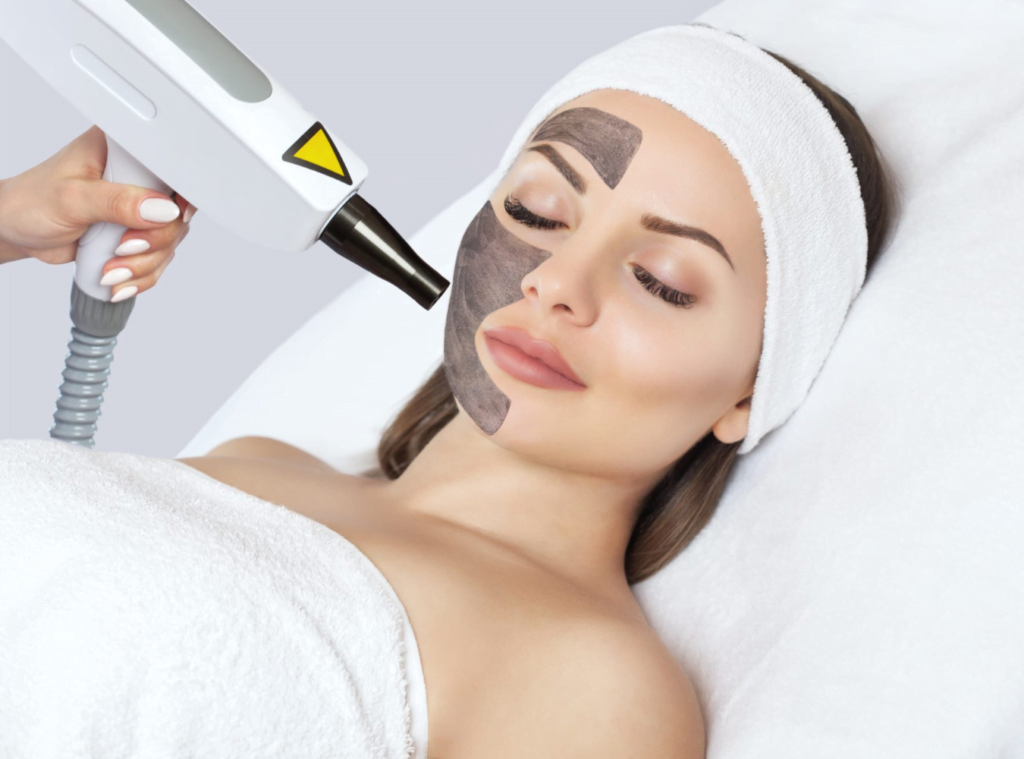
A Medical peel is a skin treatment that can reduce the appearance of acne, scarring, wrinkles, and sun damage.
There are different types of chemical peel, and this article explores the types and how they work.
What is a chemical peel?
Chemical peels are aesthetic treatments that involve using AHAs and BHAs to exfoliate the skin.
The acid removes a uniform amount of damaged skin cells across the treatment area. When done appropriately, this allows the skin to repair.
Chemical peels can affect two layers of the skin, the epidermis and the dermis. The epidermis is the visible outer layer, and the dermis sits just beneath. This deeper layer contains nerve endings, sweat glands, and hair follicles.
All chemical peels remove a controlled amount of skin cells from the epidermis. A stronger peel may also remove a small part of the dermis.
Dermatologists may use chemical peels to reduce the appearance of fine lines and wrinkles or to address:
- Acne
- Enlarged pores
- Scarring
- Redness
- Rosacea
- Hyperpigmentation
During a chemical peel, a dermatologist applies an exfoliant acid — first to the thicker areas of skin, such as the chin, nose, and cheeks, and then to the thinner areas around the eyes and mouth.
After the chemical peel, the dermatologist may use cool saline compresses to remove any remaining exfoliant.
They may recommend various ways to help the skin heal, such as applying a weak vinegar solution or unscented emollient to the face for a few days after the treatment.
The process can cause swelling and peeling, which may take 1–2 weeks to go away, depending on the depth and intensity of the peel. It is important to keep the face dry and not shower or use face wash for the first 24 hours. Avoid sun exposure. Also, do not use makeup until the skin has repaired.
Types of chemical peels
There are three types of chemical peel, based on how deeply they exfoliate the skin:
- Superficial Peels
- Medium-depth Peels
- Deep peels
There are three types of chemical peel, based on how deeply they exfoliate the skin:
Superficial Peels
Dermatologists recommend superficial peels if skin issues only affect the top layer of the skin, the epidermis.
Because superficial peels do not penetrate the deeper layers, they carry a lower risk of side effects and the skin tends to recover more quickly.
Superficial peels take 1–7 days to heal. It is important to wear sunscreen during this time.
Because superficial peels are the gentlest type, a person may need up to five sessions to see the results they want. People may be able to have superficial peels every 2–5 weeks.
Medium-depth Peels
Dermatologists may recommend medium-depth peels for:
- Fine wrinkles
- Sun-damaged skin
- Minor hyperpigmentation
- Minor acne scars
Medium-depth peels take 7–14 days to heal. They cause swelling that worsens for 48 hours after the treatment and may cause blisters.
The dermatologist provides a solution that a person should use to help their skin heal. It is also important to avoid sun exposure during the recovery time.
The dermatologist may also prescribe an antiviral medication, which a person takes for 10–14 days. People can wear makeup after 5–7 days but must avoid total sun exposure until the skin heals fully.
Deep Peels
Dermatologists do not usually use deep chemical peels. For issues affecting the deeper layers, laser therapy often provides better results.
However, a dermatologist may recommend a deep peel if a person has:
- Moderate to severe sun damage
- Moderate to severe wrinkles
- Moderate to severe hyperpigmentation
Due to their strength, deep peels take 14–21 days to heal. A person needs to:
- Recuperate at home
- Take antiviral medication for 10–14 days
- Wash the skin with a special solution between four and six times a day
- Apply an ointment for 14 days, then use a thick moisturizer
- Avoid makeup for at least 14 days
- Avoid sun exposure for 3–6 months
Types of acid
Chemical peels can contain different types of acid, including:
- Alpha-hydroxy acids (AHAs): Some examples include glycolic acid, lactic acid, and citric acid. At-home exfoliating treatments often contain these acids.
- Beta-hydroxy acids (BHAs): Salicylic acid is one example, and it is especially beneficial for acne-prone skin and enlarged pores.
- Trichloroacetic acid: Dermatologists typically use this in medium or deep chemical peels.
- Phenol: This powerful chemical agent is useful in deep peels.
Some chemicals in peels cause the skin to develop a white coating, which the dermatologist may refer to as “frosting.”
Frosting signals, the end-stage of a peel. Its presence and extent helps the doctor tell whether the peel has been sufficiently effective.
There are three levels of frosting:
- patches of white coating over red skin
- a general white coating with redness underneath
- a complete coverage of white coating with almost no redness
Side effects
The side effects of a chemical peel can be mild. However, some people develop lasting adverse effects, such as:
- redness that lasts for few days
- temporary dark patches of skin
The best way to avoid these is to visit an experienced dermatologist and follow their aftercare instructions carefully.

With access to
24 Hour
Emergency
Assistance
Get Help When You Need It Most!
Our team is dedicated to solve any concerns you come across.


